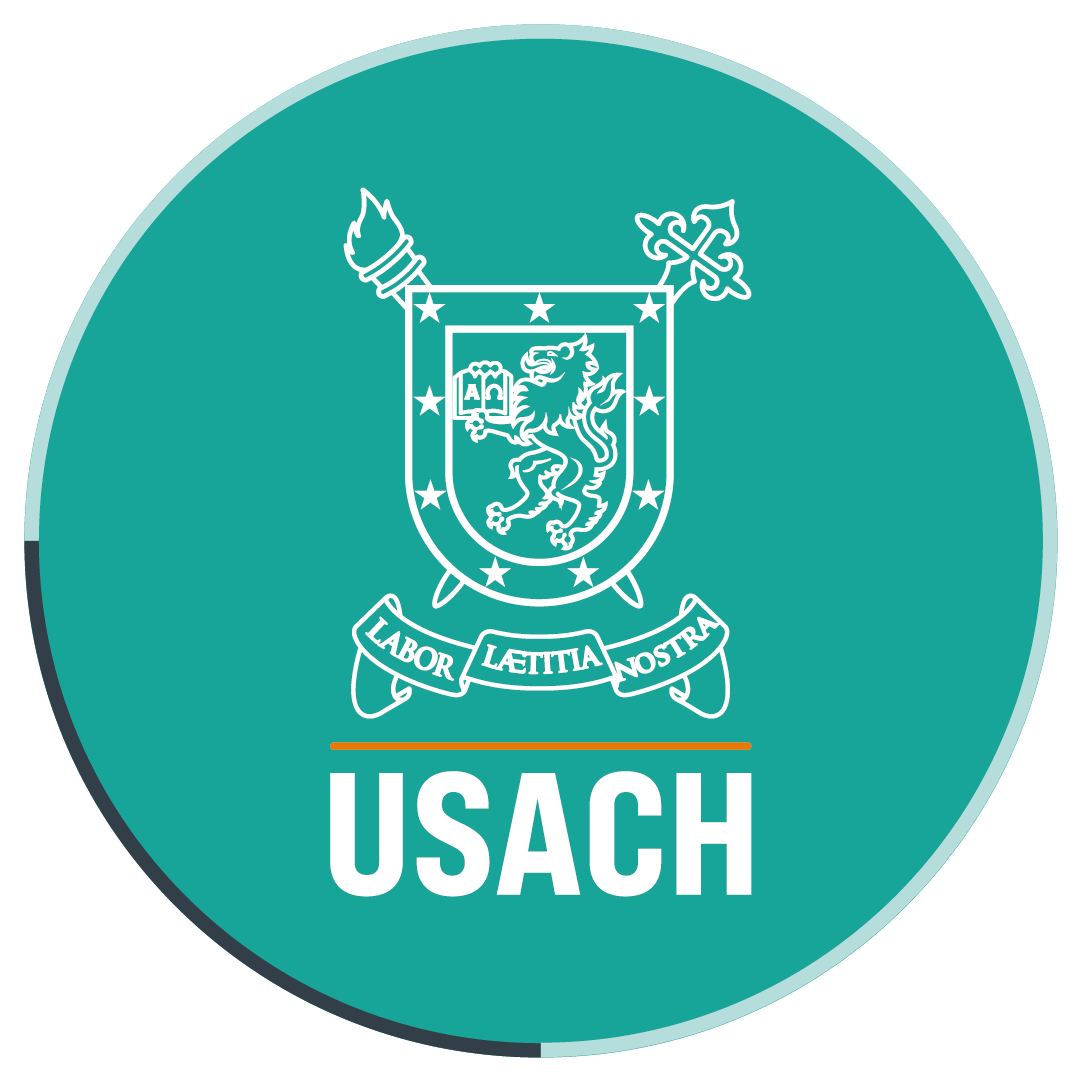University promotes sustainability and energy efficiency in campus
- In order to meet the goals set by Universidad de Santiago in the context of the “Sustainable Campus” Clean Production Agreement, the University Social Responsibility program developed the first training workshop on this matter, oriented to students, academics and administrative staff.
- The initiative is one of the institutional actions to promote the knowledge on sustainability and to meet the goal of reducing the use of energy by 5% in the campus before March 2015, according to Santiago Peredo, RSU program’s alternate Director.
- The next workshop- on composting and vegetable gardens management- is scheduled for August. Also, the RSU program will hold seminars on the topics stemmed from the Institutional Sustainability Reports: human rights, decent work conditions, universal access to people with different skills, healthy eating and energy efficiency.
“People have become aware of environmental or sustainability matters. What we must manage now is to change some behaviors and develop some habits to be consistent with this already existing awareness,” Santiago Peredo, alternate Director of the University Social Responsibility (RSU, in Spanish) program said at the end of the first training workshop, “Self-diagnosis of energy use in buildings”, that was held by academics of Universidad de Santiago, on Friday 11th.
The workshop is part of the institutional actions to meet the goals set in the “Sustainable Campus” Clean Production Agreement (APL, in Spanish) of 2013, that seek to "promote training in this matter for professionals, students and academics of the University, and, in turn, to meet the goal of reducing the use of energy by 5% in the campus, before March 2015,” the RSU program’s alternate Director explained.
The workshop included two talks about energy efficiency. The first one was given by Professor Juan Araya, of the Bachillerato program, and the second one, by Professor Fernando Corvalán, of the Department of Geographical Engineering.
Professor Araya referred to the concept of sustainability in three interrelated aspects: environment, society and economy. The balance among the three of them becomes the sustainability equation. Professor Corvalán talked about energy efficiency in buildings, stressing the current actions taken in the building sector to save energy and the analysis of important supplementary aspects like heating, refrigeration and supply systems.
Regarding the campus, Dr. Corvalán explained that it was built according to standards that were not concerned for energy saving, such as the former EAO building and the buildings around the Planetarium. However, he emphasized that the new buildings mean an opportunity for energy sustainability.
Students, academics, professionals and administrative staff from the five units that voluntarily signed the University’s APL took part in the workshop: the Department of Geographical Engineering, the Technological Faculty, the Faculty of Administration and Economics, the Bachillerato program and the School of Architecture.
Waste management and vegetable gardens
“We prepared this series of workshops to meet the goals of training in sustainability and reducing the use of energy at the University, among others,” the RSU program’s alternate Director reiterated, as this is one of the actions established in the “Sustainable Campus” Clean Production Agreement.
The next workshop is scheduled for August and it will be about composting and vegetable gardens management, “because another goal is to reduce the solid waste produced at the University and this action could lead to new recycling processes that are not implemented now.”
“There are some initiatives to collect paper and glass in some recycling spots. We still have pending the organic waste treatment, as it is collected by an external service. The idea is that the University takes charge of the organic waste management and one way to do it is composting and the use of vegetable gardens,” Santiago Peredo added.
Pending tasks
Together with the sustainability workshops, the RSU program is planning continuous seminars that will include presentations and debates on five of the topics stemmed from the Institutional Sustainability Reports (2008-2012): human rights, decent work conditions, universal access to people with different skills, healthy eating and energy efficiency.
These five aspects are the ones that the reports have shown as weaknesses or needs. In these seminars open to the community that the RSU program plans to give every first Tuesday of the month (from August to December), the participants will evaluate the aspects that could be addressed in the workshops, according to the interests of the community.
Translated by Marcela Contreras

